From monsoon to mayhem
Pakistan is experiencing one of the most severe floods in its recent history. Heavy monsoon rains, overflowing rivers, and water released from reservoirs upstream have combined to inundate vast areas, forcing millions from their homes.
Entire towns and villages have been submerged, leaving people stranded, cut off from food, clean water, and medical care. Hundreds of lives have been lost, and many more have been injured, while the psychological toll on families and communities is immeasurable.
Rescue workers and relief agencies are working tirelessly under extreme pressure, attempting to save lives, provide shelter, and deliver essential supplies to the most affected areas, often wading through waist-deep water and navigating roads rendered impassable by the floodwaters and debris.
The human tragedy, however, is only one part of the story. The floods have inflicted a profound blow on Pakistan’s agriculture and livestock sectors that underpin the livelihoods of millions of rural families, national food security, and export revenue.
The timing of the floods has made the situation particularly devastating. Crops that were ready for harvest or nearing maturity have been submerged. Rice paddies, cotton fields, sugarcane, and other cash crops have been destroyed, leaving farmers with little or no income and threatening local and national food supplies.
Early assessments show that losses are extensive in Punjab. In some districts, over half the rice crop has been wiped out, with cotton and sugarcane also suffering severe damage. These losses are not just numbers; they represent wasted seeds, fertiliser, labour, and lost income for smallholders who often rely on a single crop or a small number of animals to support their families.
The floods have affected millions of acres of farmland. Some estimates suggest that more than one million acres in Punjab alone have been impacted. Water has left behind layers of silt, debris, and salt, smothering crops and damaging the soil needed for future planting. Where crops have remained submerged for extended periods, rot and fungal diseases have set in.
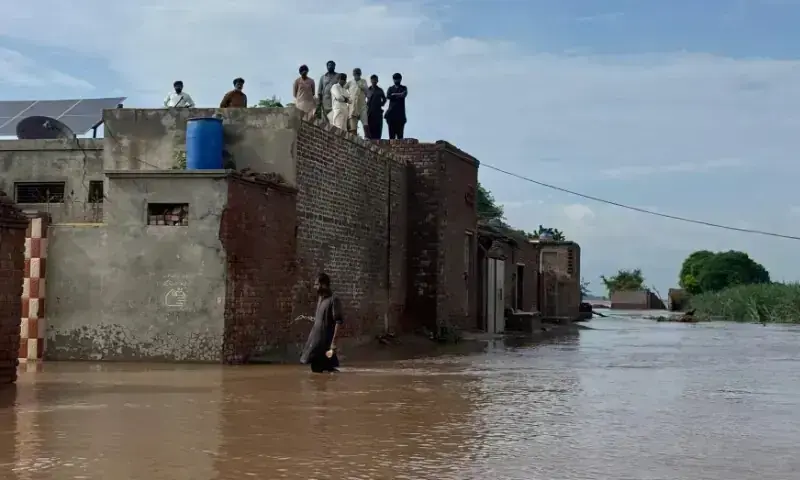
Broken irrigation canals, damaged pumps, and destroyed embankments have further delayed recovery. Farmers face the daunting task of repairing their fields before they can plant again, shortening the growing season and increasing the risk of food shortages and rising prices in the months ahead.
Livestock losses have added a further setback. Cattle, buffalo, goats, sheep, and poultry are central to the survival of rural households. They provide milk, meat, and financial security.
Tens of thousands of animals have drowned, while others have succumbed to diseases, stress, and malnutrition after being exposed to the contaminated floodwaters. Many families have been forced to sell animals at extremely low prices just to meet immediate needs, leaving them with reduced income and little protection against future disasters.
The loss of livestock not only diminishes household earnings but also removes a key buffer against economic shocks, leaving families even more vulnerable in the months to come.
Small farmers, who farm on small plots and often lack access to formal insurance or savings, are among the hardest hit. These families rely on seasonal wages or a single crop to cover living costs and repay loans. When crops and livestock are lost, debt is almost inevitable.
Larger landowners and agribusinesses, while better able to absorb some losses, are still facing significant setbacks. The ripple effects are felt throughout supply chains. Rice mills, cotton ginneries, textile factories, and transport networks all rely on steady supplies of raw materials, and when crops fail, these industries suffer. Export trade, a key source of foreign exchange, is also threatened, creating a wider economic impact that goes far beyond the farms themselves.
Government authorities have acted swiftly in response. The federal government, in coordination with the provincial disaster authorities, has mobilised the National Disaster Management Authority (NDMA) and deployed military assets to assist with rescue, evacuation, and relief distribution.
The provincial governments in Punjab, Sindh, Khyber-Pakhtunkhwa, and Balochistan have reinforced embankments, opened relief camps, and carried out evacuations where possible.
In some areas, early warnings and preemptive evacuations have undoubtedly saved lives, though the sheer scale of the floods often overwhelms local capacity.
Recognising the threat to agriculture, a number of measures have been introduced to assess and address the losses at farm level. Rapid damage assessments are being conducted by the government teams and international partners to identify the worst-hit areas and estimate crop and livestock losses.
Emergency interventions include distributing seeds and fertiliser for the next planting season, providing feed and veterinary care for surviving animals, cash assistance for the landless labourers and small farmers, and repairing irrigation infrastructure.
Prime Minister’s decision to declare climate and agriculture emergency will unlock funding and accelerate response efforts, ensuring better coordination between the ministries responsible for agriculture, finance, and disaster management.
Despite these efforts, significant gaps remain. Delivering aid to isolated villages is both difficult and expensive.
There are questions about compensation and financing: how will small farmers be quickly compensated for lost crops? Can credit schemes and loan moratoriums be administered fairly and without errors?
Historically, relief funds have often been delayed, poorly targeted, or insufficient to meet the needs of the most vulnerable. Many families are still recovering from the previous disasters, and repeated losses compound poverty and reduce resilience. Without immediate and sustained support, the economic and social consequences of the floods could last for years.
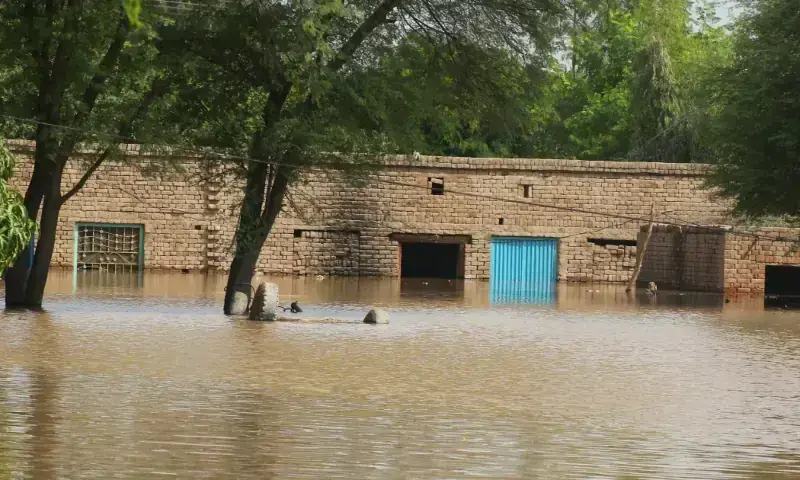
Longer-term concerns are equally important. Floods strip the land of nutrients, increase salinity in the low-lying areas, and leave debris that makes fields harder to cultivate. Roads, bridges, and other infrastructure have been damaged, slowing the transport of seeds, fertiliser, and harvested crops.
If harvests fall sharply, the government may have to import food to stabilise supplies and prices, adding pressure to the already constrained public finances. The economic impact of lost crops and livestock could slow national growth, particularly in the rural regions where livelihoods depend on agriculture.
Restoring livestock is especially challenging. Emergency vaccination campaigns, mobile veterinary clinics, feed distribution, and temporary shelters for animals can prevent further deaths and support future productivity. However, rebuilding herds will take months or even years.
Animals that survive may be weakened, and households that rely on daily income from milk and meat will face months without sufficient earnings, increasing the risk of debt, malnutrition, and food insecurity.
Meanwhile, farmer communities are rescuing animals, moving seed stock to higher ground, clearing fields, and exchanging labour to help one another. Informal credit networks and community solidarity are providing immediate relief. Yet, local coping mechanisms are limited and can be overwhelmed when the damage is widespread.
Sustainable recovery will require not only immediate assistance but also policies that strengthen resilience. These include access to affordable credit, crop insurance schemes that pay out quickly, climate-smart farming practices, and investment in flood-resilient infrastructure, such as raised platforms, improved drainage, and stronger embankments.
International assistance is playing an important role in supporting Pakistan’s response. The United Nations, international NGOs, and friendly governments are contributing assessments, supplies, and financial aid. For these efforts to be effective, there must be coordination with the local authorities and alignment with the agricultural calendar.
Seeds and animal feed should match local needs, and cash support must reach households in time for the next planting season. Without careful planning and coordination, even generous assistance may fail to have the desired impact.
As floodwater begins to recede in some areas, attention must turn towards recovery. Clearing debris, repairing irrigation channels, treating livestock diseases, and providing seeds for replanting are the priorities.
Transparent and fair compensation is essential to prevent distress sales and further indebtedness. Long-term planning is equally important. Building resilient agricultural systems that can withstand more frequent and severe weather events is necessary if Pakistan is to reduce vulnerability to such disasters in future.
This includes investment in flood-resistant farming practices, better early-warning systems, and infrastructure designed to protect crops, livestock, and rural livelihoods.
The floods serve as a stark reminder that climate extremes can devastate not only homes and infrastructure but also the very foundations of rural life. Agriculture and livestock support millions of families, and when they are destroyed, the consequences spread throughout food markets, industry, and the wider economy.
While government response has been energetic in some areas, the scale of the disaster means that only sustained, well-coordinated action will prevent the floods from becoming a long-term crisis.
For now, countless families are counting losses in their fields and herds, mourning both what the floodwaters have taken and the uncertain future that remains. Protecting agriculture and livestock is not a secondary concern in a disaster response; it is central to food security, livelihoods, and national stability.
The challenge is immense, but the social and economic imperative to meet it is even greater. The coming months will test the resilience of Pakistan’s farmers, the effectiveness of the government and aid responses, and the nation’s ability to recover from one of the most devastating floods in its history.
The writer is a seasoned journalist and a communications professional. He can be reached at [email protected]
For the latest news, follow us on Twitter @Aaj_Urdu. We are also on Facebook, Instagram and YouTube.

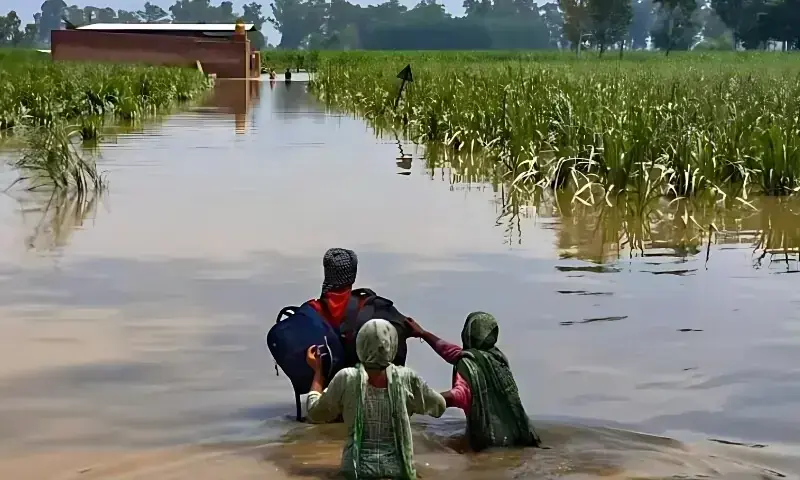


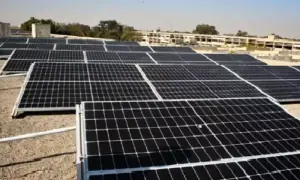
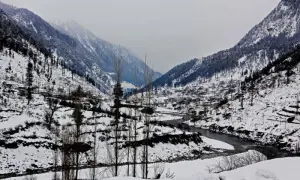










Comments are closed on this story.